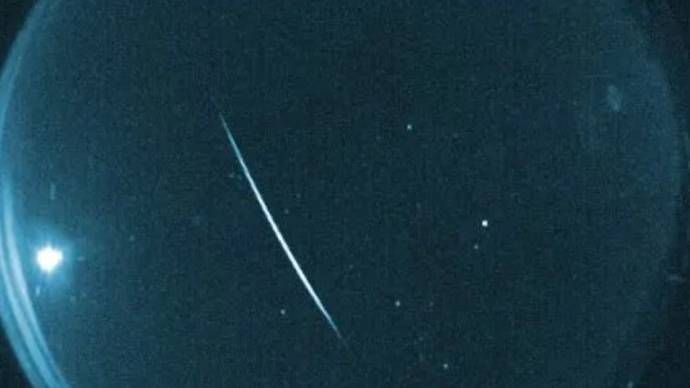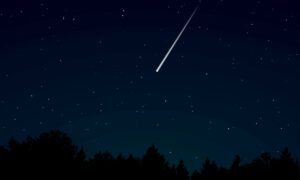In April, a celestial event that was first observed thousands of years ago, the Lyrid meteor shower, is set to shoot over the night sky.
According to NASA, the Lyrid meteor shower, which was first seen in China in 687 B.C.E., is expected to start on April 17, peak between April 21 and 22, and end on April 26.
During its peak period, an average of 18 meteors per hour can be seen, according to the space agency. However, the Lyrids are known to be bright and swift, reaching speeds of up to 29 miles per second and potentially observing up to 100 meteors each hour. Instances of this type were recorded in the United States in 1982, Japan in 1945, Greece in 1922, and Virginia in 1803.
“Lyrids don’t tend to leave long, glowing dust trains behind them as they streak through the Earth’s atmosphere, but they can produce the occasional bright flash called a fireball,” NASA said.
According to astronomers, the meteor shower should be seen near a radiant point, which is the location in the night sky where the comets seem to originate. Its namesake constellation, Lyra the harp, should be the source of the Lyrids’ appearance.
More specifically, according to Space.com, the meteor shower should be closest to Vega, the constellation’s brightest star and a star located 25 light-years away from Earth.
According to NASA, the darkest hours of the day, after moonset and before dawn, are the ideal times to see the Lyrids in the Northern Hemisphere. Bring a sleeping bag, blanket, or lawn chair, choose a spot away from street or city lights, and face east while gazing up to see the meteor shower.
“After about 30 minutes in the dark, your eyes will adapt and you will begin to see meteors,” NASA advised. “Be patient – the show will last until dawn, so you have plenty of time to catch a glimpse.”
- ‘The Valley’ Season 2: When and Where to Watch the Bravo Premiere - April 16, 2025
- Google Launches Veo 2 Video Generation Inside Gemini App - April 16, 2025
- Costa Offshore World Championship 2025: Team Fish for Holly Wins the 2025 Title - April 16, 2025





